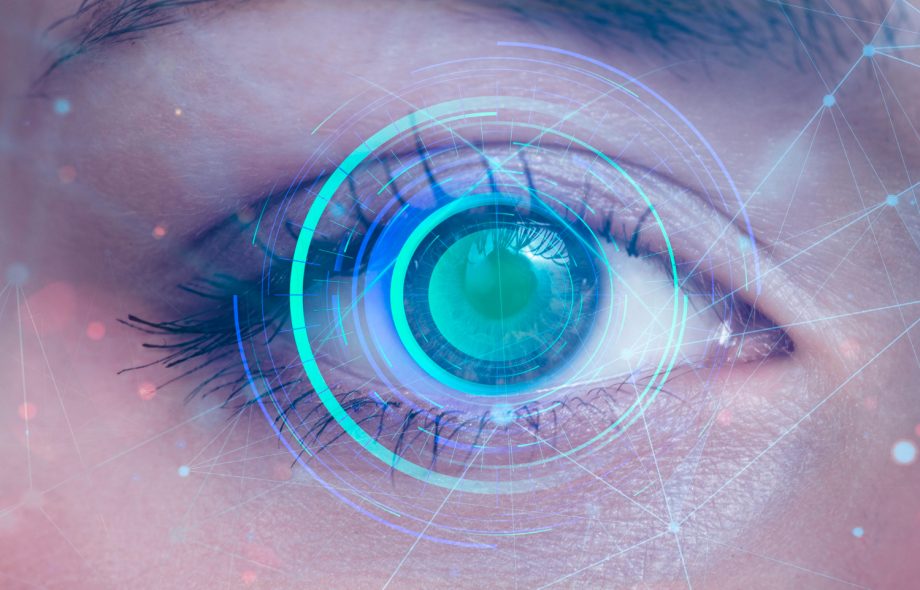As we age, our eyesight often begins to decline, and tasks that were once simple, like reading fine print or working on a computer, can become challenging. Bifocals can be a great solution for those experiencing these changes. Identifying the right time to start using bifocals is crucial for maintaining optimal eye health and ensuring you can continue to enjoy a high quality of life. This article explores the signs that might indicate it’s time to visit an eye doctor cedar park and consider getting bifocals.
Key Points
- Understanding the symptoms that suggest the need for bifocals
- Exploring the benefits of bifocals over single-vision lenses
- How to make the transition to bifocals smoother
- Frequently Asked Questions about bifocals
Symptoms Indicating the Need for Bifocals
If you’re wondering whether it’s time to consider bifocals, here are some common signs to look out for:
- Squinting While Reading or Doing Close Work: If you find yourself squinting to see details in a book, on your phone, or while working on crafts, it might be a sign that your near vision is declining.
- Frequent Headaches: Straining to see clearly can often lead to frequent headaches. If you notice more headaches after periods of close work, it could indicate that you need bifocals.
- Holding Reading Materials at Arm’s Length: The need to hold newspapers, books, or other reading materials further away from your eyes is a classic sign of presbyopia, a natural part of aging that affects your ability to see things up close.
- Difficulty Switching Focus: If you experience trouble shifting your focus from close to distant objects, or vice versa, bifocals might be necessary to help with these transitions.
Benefits of Bifocals
Bifocals offer several advantages over single-vision glasses. Here’s how they can help:
- Dual-Purpose Lenses: Bifocals are designed to provide good vision at two different distances. The upper part is generally used for distance vision, while the lower segment is adjusted for closer work.
- Convenience: Instead of switching between multiple pairs of glasses, bifocals allow you to use a single pair for most activities, whether you’re driving, using a computer, or reading.
- Reduced Eye Strain: By accommodating both near and far vision needs, bifocals can reduce eye strain and provide comfort during prolonged periods of use.
- Customizable: Bifocals can be customized to meet individual vision needs, ensuring that both segments of the lens work perfectly for your specific requirements.
Making the Transition to Bifocals
Consulting with an Eye Care Professional
Before making the switch to bifocals, it’s important to consult with an eye care professional. They can assess your vision needs and recommend the best type of bifocals for your lifestyle.
Adjusting to Your New Lenses
Adjusting to bifocals can take some time. Start by wearing your new glasses in a safe, familiar environment and gradually increase the time you spend using them as you become more comfortable.
Frequently Asked Questions About Bifocals
How do I know if I need bifocals?
If you experience difficulty focusing on close objects, frequent headaches, or find yourself holding reading materials at arm’s length, it might be time to consider bifocals.
Can I wear bifocals all the time?
Yes, many people wear their bifocals as their primary pair of glasses, as they are designed to provide clear vision for both near and far distances.
Are there alternatives to bifocals?
Yes, other options like progressive lenses offer a gradient of multiple focal points without the visible line found in traditional bifocals, providing a more seamless visual experience.
Understanding when and why you might need bifocals is key to maintaining your visual health and continuing to enjoy a lifestyle full of activities that require optimal vision. If you’re experiencing any of the signs mentioned, consider scheduling an appointment with a trusted eye care professional.
 :
http://cedarparkvision.com/
:
http://cedarparkvision.com/

